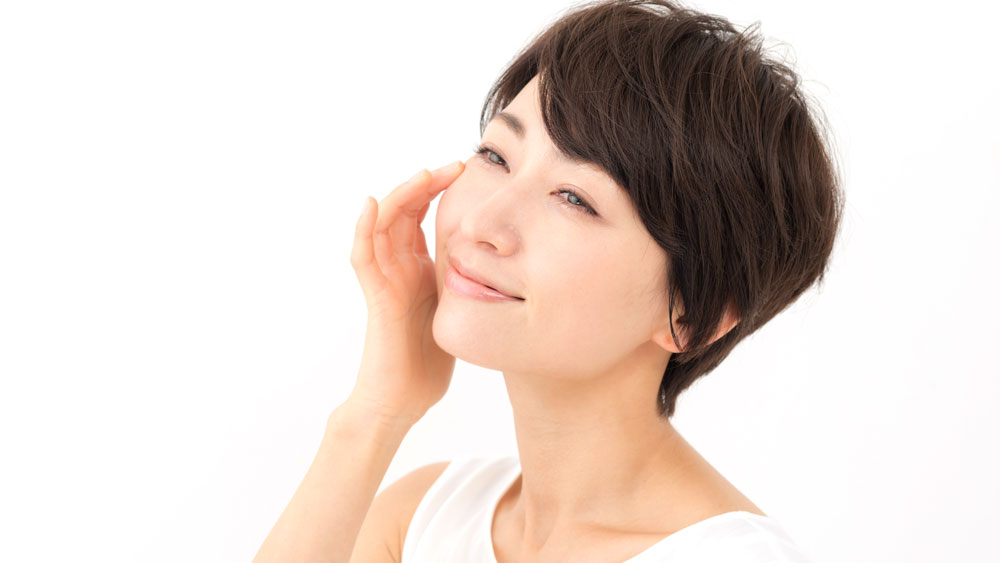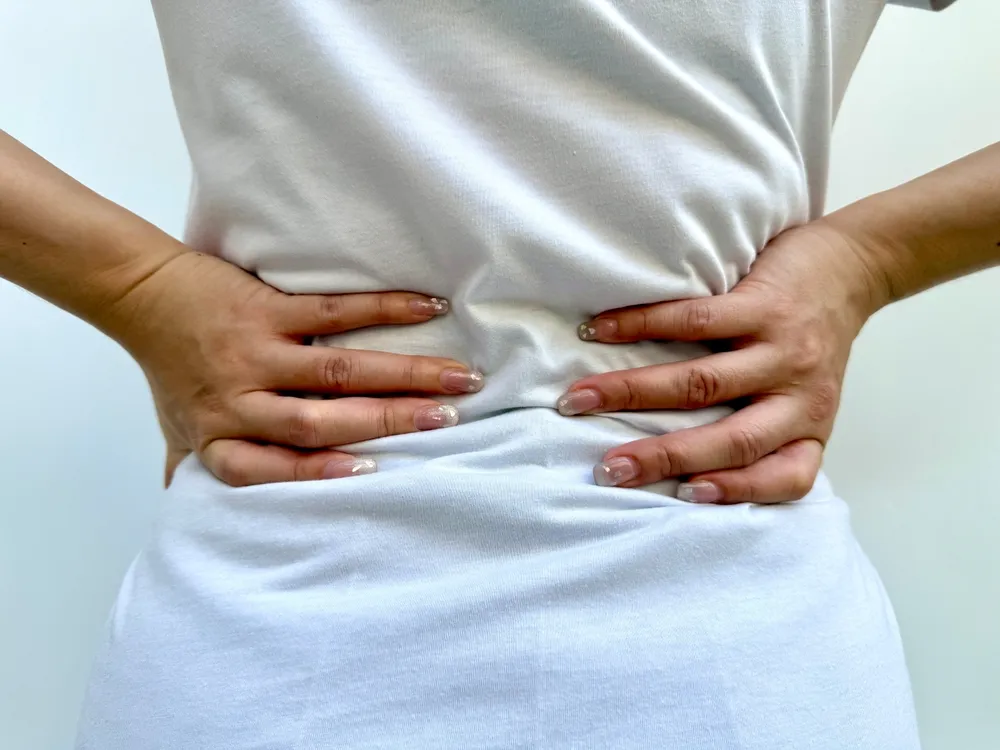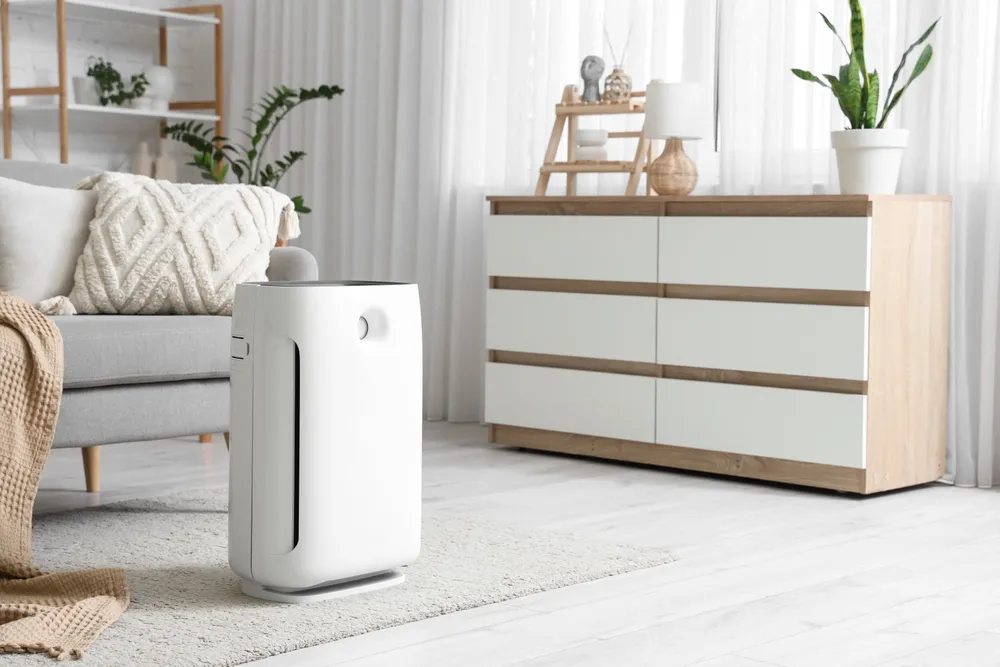The throbbing, splitting pain of a headache. It’s an unwelcome sensation that almost all of us have experienced. It doesn’t matter if your headache is an uncomfortable, underlying throb or an absolutely intolerable sharp pain. You just want to get rid of it – and fast. With so many old wives’ tales and homebrew solutions, it’s hard to find a cure that actually works. That’s why we’ve gone ahead and shown you how to ease a headache and 10 surefire ways of doing so.
The Different Types of Headaches
Different remedies work better for different types of headaches, so it’s useful to know what kind of headache you might currently be dealing with. Headaches are categorised into Primary and Secondary types. The main primary types of headaches include:
#1 Tension Headaches
Tension headaches are the most common type of headache. They usually have mild to moderate pain and are often described as a tight band wrapped around the head.
#2 Migraine
While not as common as tension headaches, migraines are still commonly experienced. Migraines are usually felt on one side of the head and can lead to nausea and vomiting. Their effects are also magnified by intense light which can lead to many searches for severe migraine treatment.
#3 Cluster Headaches
Cluster headaches are a rare type of headache and thankfully so, because they are known for being excruciatingly painful. Named after their frequency of attacks (cluster periods), their intense pain is felt behind the eyes.
Secondary headaches are called so because they are the result of another underlying health issue. This includes:
- Allergies
- Flu
- Muscle Pain
- Hangovers
- Concussion
10 Tips to Ease a Headache
You understand some of the types of headache that you may experience. Now here are some useful tips to get you started on getting rid of headache!
#1 Over-the-counter Medication
A common way to treat the everyday headache is to reach for some over-the-counter (OTC) medication. These include medicines such as paracetamol (Panadol) and ibuprofen (Advil). They are made to reduce the pain that comes with headaches. However, some people may have adverse side effects so it’s important to consult with a medical professional to see if you are suitable to take it.
#2 Cold Compress
Ice is most known for being the go-to treatment for muscle pains and swelling. This is why it’s a great way to treat headaches stemming from such injuries and concerns. But they are also able to treat sufferers of migraine or chronic headaches. Research has shown that an ice pack or a cold compress to the neck can alleviate pain. If you’re looking for how to cure a migraine, try placing an ice pack for 15-20 minutes several times a day.
#3 Heating Pads and Hot Packs
On the other side of the temperature spectrum is the use of heat to treat headaches. Where cold compresses can treat a migraine, a hot pack can help reduce the pain of tension headaches. A hot pack placed at the back of the neck or a warm shower can encourage blood circulation which helps reduce swelling and pain.
#4 Dim Lighting
Bright, aggressive or shimmering lights can magnify the painful effects of migraines. As to why this happens is still relatively unknown, but its effects are real – and very excruciating. It’s recommended for those experiencing migraines to stay in dark, dim rooms and to wear sunglasses if they must go outside during the daytime.
#5 A Little Caffeine
A little caffeine goes a long way. If you feel a headache coming on, caffeine can stop it right in its tracks. That’s because caffeine reduces inflammation and can boost the effects of OTC headache medication. However, caffeine is a double-edged sword. Too much caffeine can lead to withdrawal symptoms, one of them being headaches. It’s important to manage how much caffeine you intake – three cups of coffee a day is more likely to lead to a headache instead of treating them.
#6 Cut Back on the Screentime
We understand it’s difficult to avoid looking at your phone or PC, especially when it’s for work purposes. But excessive screentime is a leading cause of secondary headaches. An example is the increased risk of eyestrain, which can lead to a headache. Another is bad posture caused by slumping in your chair or hunched over your desk. This can cause muscle pain which also leads to headaches.
#7 Treat Yourself to a Massage
If your headache is a cause of aching, tired muscles, then a relieving massage might be the solution. Massages can target pressure points for headaches. They are also designed to unwind knots and decrease tension in the muscles. This allows your entire body to simply relax, improving blood circulation and increasing the amount of oxygen your organs received. A decompressed body is less likely to lead to tension or muscle pain-related headaches.
#8 Get Some Exercise
You might not be very motivated to get moving if you’re experiencing throbbing pain but light exercises and low-impact workouts can be beneficial to recovery. The keyword is light! We’re not talking about full-blown weight training. Light activities such as yoga, walking and meditation can reduce muscle tightness and tension and encourage blood flow.
#9 Chill Out
Sometimes all you need is to make a date with yourself and take a break from your busy schedule. Excessive levels of stress can lead to headaches or compound on an existing one. Taking time to relax is one of the best thing for a headache. Stay at home, read a book, listen to music. If your body and mind are at rest, then your headache problems can be put to rest as well.
#10 A Good Night’s Rest
Rests are a common answer to how to ease a headache. But did you know sleep and headaches are closely related? They both influence each other. Taking that into account, a good night’s sleep can have a positive effect on potential headaches. Improving your sleep habits can promote this. Going to bed at the same time and creating a suitable sleeping environment are examples of this.
Headaches are a painful thing to tackle but hopefully these tips have helped you find a way to get rid of them fast.
For more articles on how to treat pain and other wellbeing tips, check out our blog!
[/et_pb_text][/et_pb_column][/et_pb_row][/et_pb_section]



